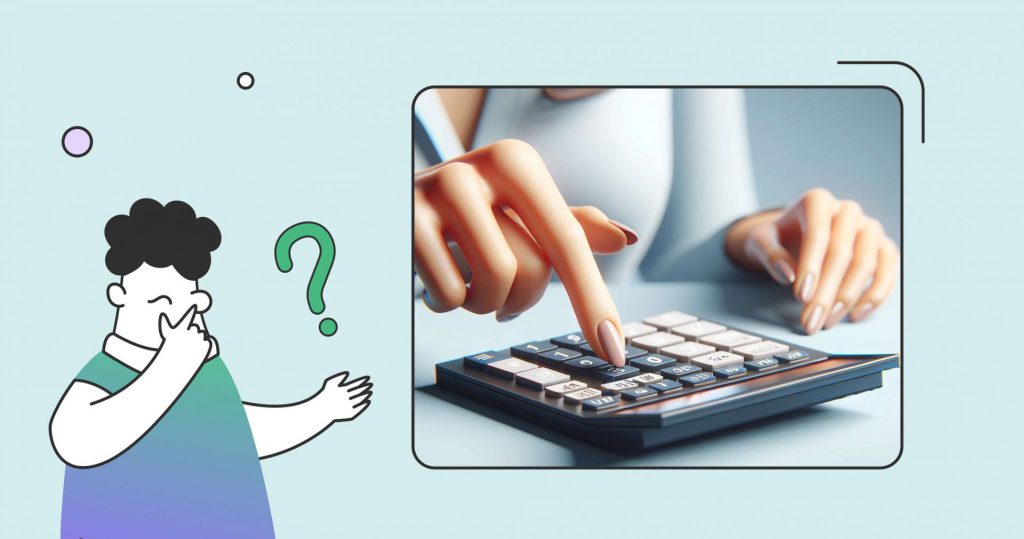A balance sheet, a cornerstone of financial reporting, provides a snapshot of a company’s financial health at a specific time. This document is integral to understanding a business’s net worth, offering insights into what it owns (assets), owes (liabilities), and its shareholders’ equity. The balance sheet has a rich history in financial accounting, dating back centuries as a fundamental tool for recording and analyzing the wealth and obligations of businesses. Its evolution reflects the complexities of modern business operations, underscoring its role in various industries, from manufacturing to technology. For any business entity, the balance sheet is more than just a financial statement; it’s a vital health check that reveals the company’s ability to sustain operations, invest in growth, and meet its financial obligations.
Balance sheet vs income statement
While both the balance sheet and income statement are critical financial tools, they serve different purposes. The balance sheet offers a static view of a company’s financial standing at a given moment, showing assets, liabilities, and shareholder equity. In contrast, the income statement reveals the company’s financial performance, detailing revenue, expenses, and profits or losses.
Consider a retail business: the balance sheet will show the current value of its inventory, whereas the income statement will reflect the cost of goods sold and the resulting profit or loss over a specific period. Investors may look at the income statement to gauge profitability trends, while creditors might scrutinize the balance sheet to assess the company’s ability to repay loans. Understanding these statements’ distinct roles is crucial for anyone involved in business, from CEOs to small business owners.
What does a balance sheet show?
The balance sheet is a financial mirror reflecting a company’s fiscal health, showcasing:
- Assets: What the company owns. This includes cash, inventory, property, and more.
- Liabilities: What the company owes. This covers loans, accounts payable, and other debts.
- Shareholder equity: The residual interest in the entity’s assets after deducting liabilities.
For instance, cash and cash equivalents under assets represent the business’s liquidity, which is crucial for its day-to-day operations. Accounts receivable, another type of current asset, indicates the money owed to the company, which impacts its short-term financial planning. On the liability side, understanding long-term debts like mortgages helps assess the company’s long-term financial commitments. Misinterpreting these elements can lead to flawed financial strategies.
Which account does not appear on the balance sheet?
Notably, the balance sheet does not feature revenue and expense accounts. These elements are integral to the income statement, which complements the balance sheet in financial reporting.
How to read a balance sheet
Reading a balance sheet involves several key steps.
- Assess the assets: Start with current assets (cash, inventory, receivables) and move to long-term assets like property and patents.
- Evaluate the liabilities: Examine current liabilities (due within a year) and long-term obligations.
- Examine shareholder equity: Consider the equity contributed by shareholders and retained earnings.
The debt-to-equity ratio, derived from the balance sheet, indicates the proportion of company financing from creditors and investors. A higher ratio suggests greater borrowing, which might be a red flag for investors. The current ratio, another critical metric, measures the company’s ability to pay short-term obligations with its current assets. Each stakeholder uses these ratios to make informed decisions, from a potential investor to a credit analyst.
How to create a balance sheet
Creating a balance sheet involves:
- Listing assets: Categorize and list all current and fixed assets.
- Listing liabilities: Detail both current and long-term liabilities.
- Calculating shareholder equity: Determine equity by subtracting total liabilities from total assets.
For instance, it’s crucial to accurately estimate the depreciation of fixed assets like machinery and vehicles when listing assets. This affects not only the asset valuation but also tax calculations. In liabilities, understanding the terms and conditions of long-term loans is essential for accurate reporting. Failure to comply with legal standards in balance sheet preparation can result in severe financial and legal repercussions.
Balance sheet example with sample format
A sample balance sheet format includes:
- Assets
- Current Assets
- Cash
- Accounts Receivable
- Inventory
- Fixed Assets
- Property
- Equipment
- Current Assets
- Liabilities
- Current Liabilities
- Accounts Payable
- Short-term Loans
- Long-term Liabilities
- Mortgage
- Bonds Payable
- Current Liabilities
- Shareholder equity
- Stock Capital
- Retained Earnings
Imagine a small bakery business. Its current assets include cash in the register, ingredient inventory, and receivables from corporate clients. Fixed assets might be the baking equipment and the leasehold improvements in the shop. On the liability side, current liabilities could include a short-term loan for a recent oven purchase and accounts payable to suppliers. Long-term liabilities might encompass a business loan for shop renovation. This format varies across different business types, reflecting the unique nature of their operations.
Manage your company’s finances with WorkhyBooks
As you navigate the financial intricacies of your business, remember that Workhy is here to streamline your journey. Specializing in online company formation in the US and UK, Workhy eliminates the need for residency or travel. But that’s just the start. Embrace financial clarity with WorkhyBooks, our cutting-edge bookkeeping software. Designed for small businesses, WorkhyBooks is a user-friendly, efficient solution that manages your balance sheet and other financial processes precisely and efficiently.
Discover the power of WorkhyBooks – where financial management meets simplicity. WorkhyBooks offers an intuitive interface that simplifies the complexity of financial data, making it accessible even to those without an accounting background. Users frequently praise its ability to transform raw data into understandable financial statements, including the balance sheet. The software’s customizability allows it to cater to the unique needs of various businesses, whether startups or established enterprises. Integrating WorkhyBooks into their financial toolkit allows small business owners to make more informed decisions backed by accurate, real-time financial data.

